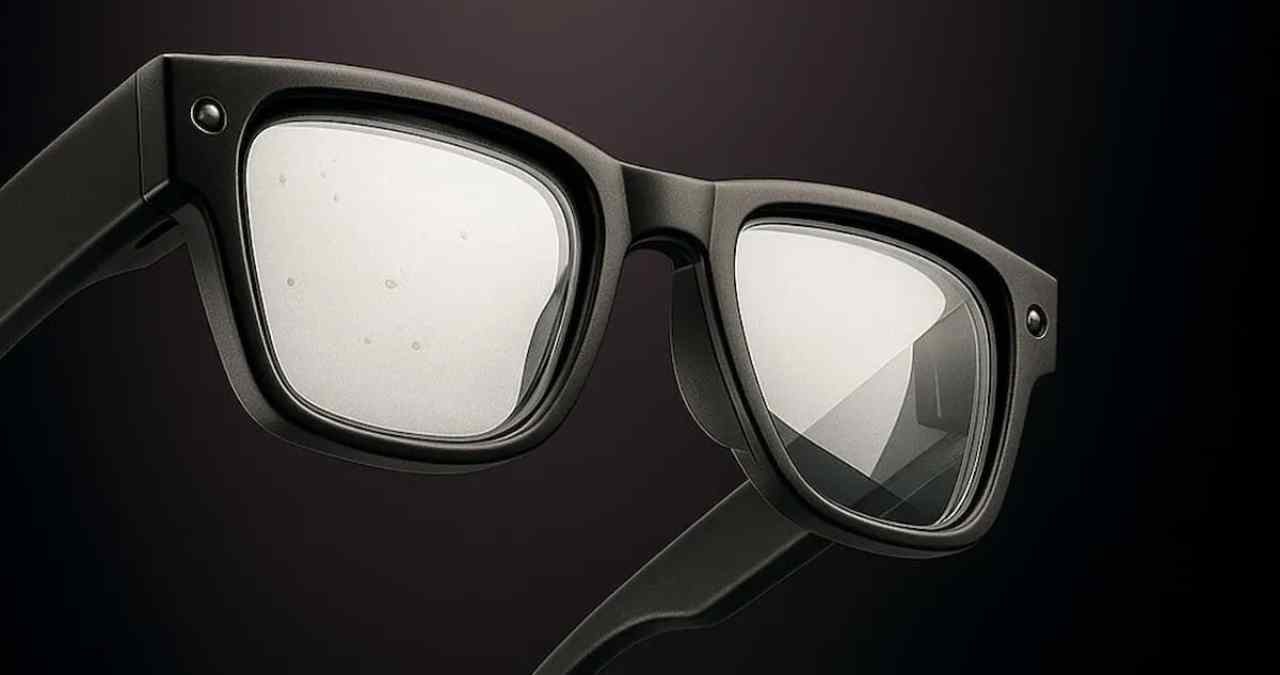Meta’s augmented reality roadmap might be getting a new face — and possibly a new name. A recent discovery hints that the company’s next major AR headset could launch as Celeste, marking a potential departure from the more technical, project-based codenames used in the past.
While Meta has been developing AR wearables under various prototypes like Orion and Artemis, this move suggests the company may be preparing for a more consumer-facing push. A real product name typically signals hardware that’s meant to ship, not just test.
Celeste name surfaces in internal app code
The reference to “Celeste” appeared inside configuration data for Meta’s companion apps, tied to strings and parameters typically reserved for headset pairing and device-specific settings. That puts it in the same category as Quest and Ray-Ban smartglasses — actual products, not just dev kits.
If it does end up being the final branding, the name fits the trend of soft, evocative naming in consumer AR. It avoids anything too industrial or sci-fi and aligns more with lifestyle tech — especially if Meta intends to pitch it as part of daily wear, not just gaming or enterprise.
The real takeaway here is less about the name and more about what it implies: that Meta is gearing up for another round of hardware announcements, likely aimed at a wider audience than Quest’s current VR niche.
Hardware strategy appears to be shifting
Meta’s approach to AR has gradually moved from lab-focused prototypes to practical, lightweight glasses meant to integrate with AI-driven assistants and spatial computing. If “Celeste” is indeed the name of the next device, it may represent a new phase in this rollout one closer to general-purpose smartglasses than mixed reality headsets like Quest Pro.
The timing also lines up with Meta’s push to reframe its wearables as AI-first tools, not just gaming devices. That could mean real-time translation, on-device assistants, or seamless integration with WhatsApp, Instagram, and other Meta platforms.
If that’s the case, the device may share more DNA with the Ray-Ban Meta glasses than with Quest headsets just with a deeper AR overlay layer and potentially more powerful onboard processing.
Positioning for an AR consumer market still in flux
Apple’s Vision Pro has reframed public expectations for immersive devices, but Meta seems to be playing a different game — one built around scale and affordability rather than premium specs. “Celeste,” if it’s real, might fit into that strategy as a mid-range wearable aimed at usability over flash.
This could also be Meta’s clearest attempt yet at breaking into daily-use AR, something that’s eluded tech companies for over a decade. If the branding and form factor land, it could compete less with headsets and more with phones and earbuds as always-on, context-aware tools.
It’s still too early to tell how far along the hardware is. But the appearance of product-level references usually means we’re moving from lab talk to shipping plans. Whether “Celeste” sticks as the name or not, the headset it’s tied to looks like Meta’s next real shot at everyday AR.
Virtual Reality Explorer & Game Reviewer
Always the first to plug in. VRSCOUT dives head-first into the most immersive VR worlds, analyzing mechanics, comfort, innovation, and that elusive “presence” factor. If he says it’s worth it, it probably is.




